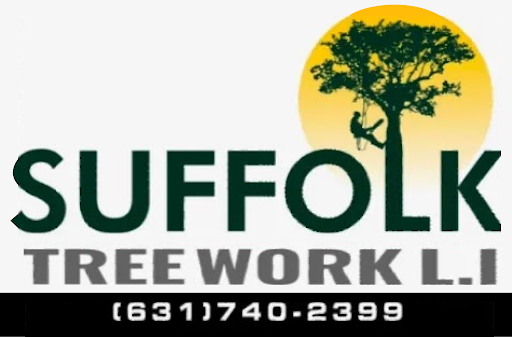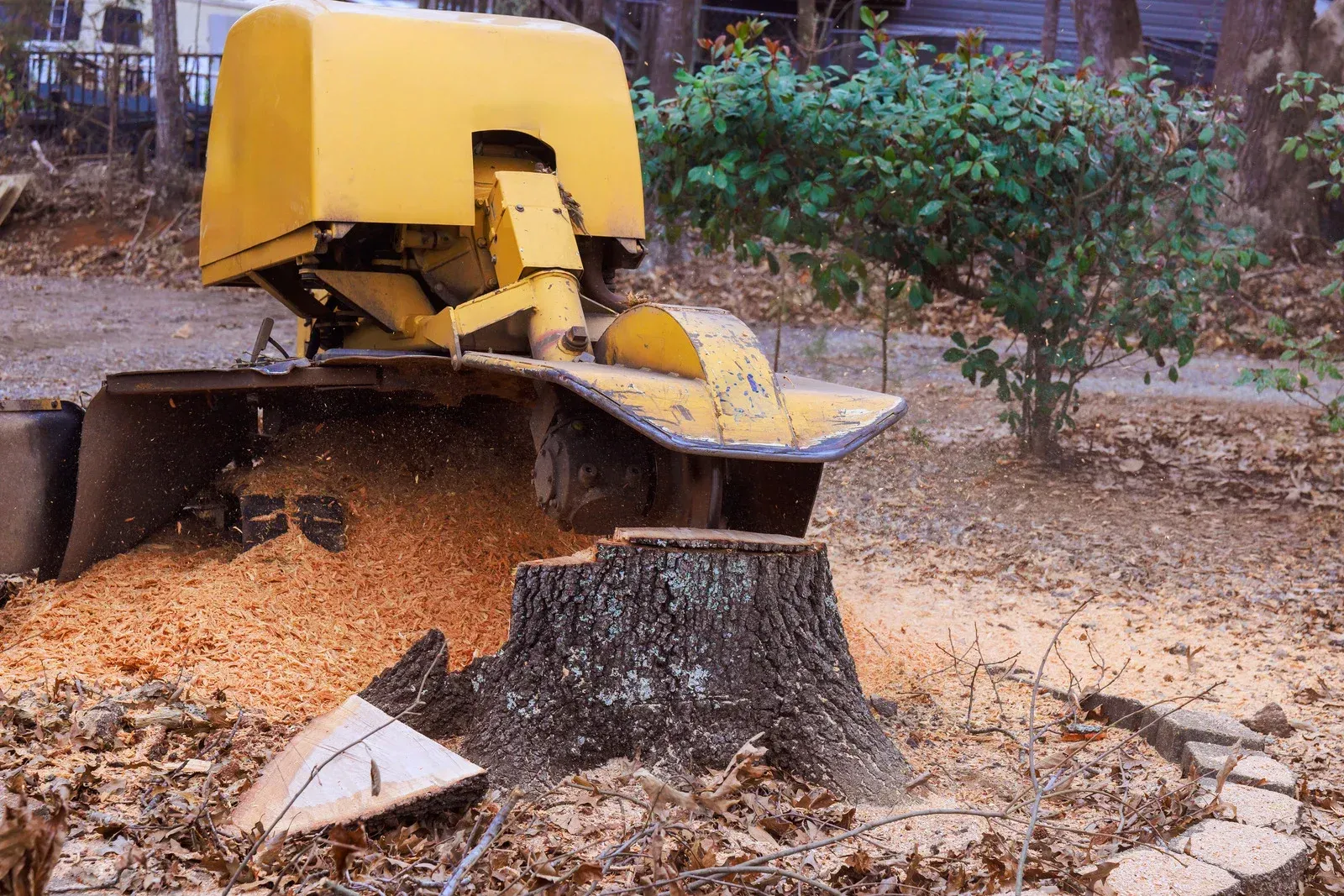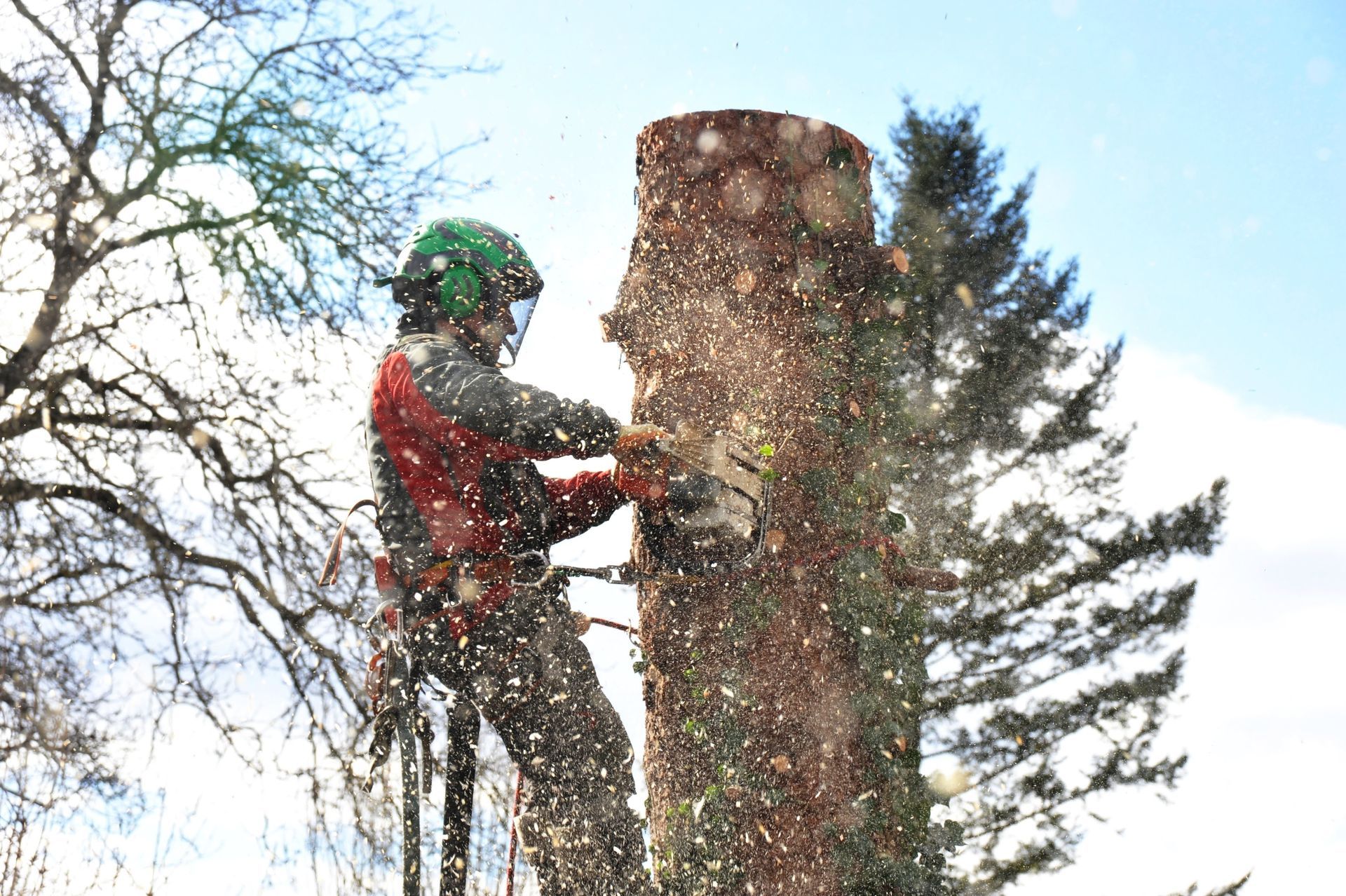10 Startling Tree Hazards That Can Strike Without Warning
1. Brittle and Dry Branches May Collapse Unexpectedly
Branches that no longer show flexibility or leaf growth often become unstable, and even a minor gust of wind may cause them to fall directly onto people, vehicles, or rooftops without warning or time to react.
2. Noticeable Leaning in a Tree Might Suggest Root Problems
If a tree begins leaning more than usual, or if the tilt develops quickly after rainfall or storms, then it may no longer have the root structure needed to support its full height and weight, making it dangerous to nearby areas.
3. Deep Vertical Cracks Can Weaken Structural Strength
Long or deep splits in the bark often point to internal issues within the trunk. Such cracks may create weak points that eventually lead to the tree breaking apart during heavy winds or under its own pressure.
4. Compromised Roots Often Remain Hidden Until Collapse Occurs
When roots suffer damage from construction, erosion, disease, or soil compaction, the tree loses vital support underground. Signs such as exposed roots or shifting soil may signal a looming threat that requires immediate attention.
5. Sudden Shedding of Leaves Suggests Internal Stress
If a tree begins losing leaves in odd seasons or at a faster rate than others around it, this can reflect poor health, lack of nutrients, or root failure, all of which weaken the tree's overall balance and strength.
6. Hollow Trunks Hide Dangerous Weak Spots Inside
Trees that appear large and full may actually be hollow at the center due to rot or pest damage. Such internal gaps reduce support, increasing the chance of collapse during storms or heavy rainfall.
7. Fungal Growth Near the Base Signals Ongoing Decay
Mushrooms or fungal patches growing along the trunk or around the base indicate that decomposition has started. Although it might not be visible inside, the tree is likely already deteriorating from within.
8. Trees Near Utility Lines Pose Unique Safety Risks
Overhanging branches or trunks growing close to power lines introduce fire hazards, risk outages, and require immediate trimming or removal through professional services to ensure safety for homes and infrastructure.
9. Storm Damage Creates Hidden Long-Term Weakness
After a storm, trees may retain outward shape but still suffer internal fractures, split limbs, or loosened roots that could trigger collapse weeks later, so thorough inspection becomes essential even if damage is not obvious.
10. Insect Infestations Reduce Structural Integrity Over Time
Wood-boring insects such as beetles, ants, or termites feed on the interior of trees. Their presence often causes unseen hollowing, which weakens stability and invites collapse if not caught in time.
For anyone concerned about sudden tree hazards on their property, Suffolk Tree Work LI
provides prompt and professional
emergency tree services throughout Suffolk County, New York, helping ensure fast action when danger strikes without warning.





